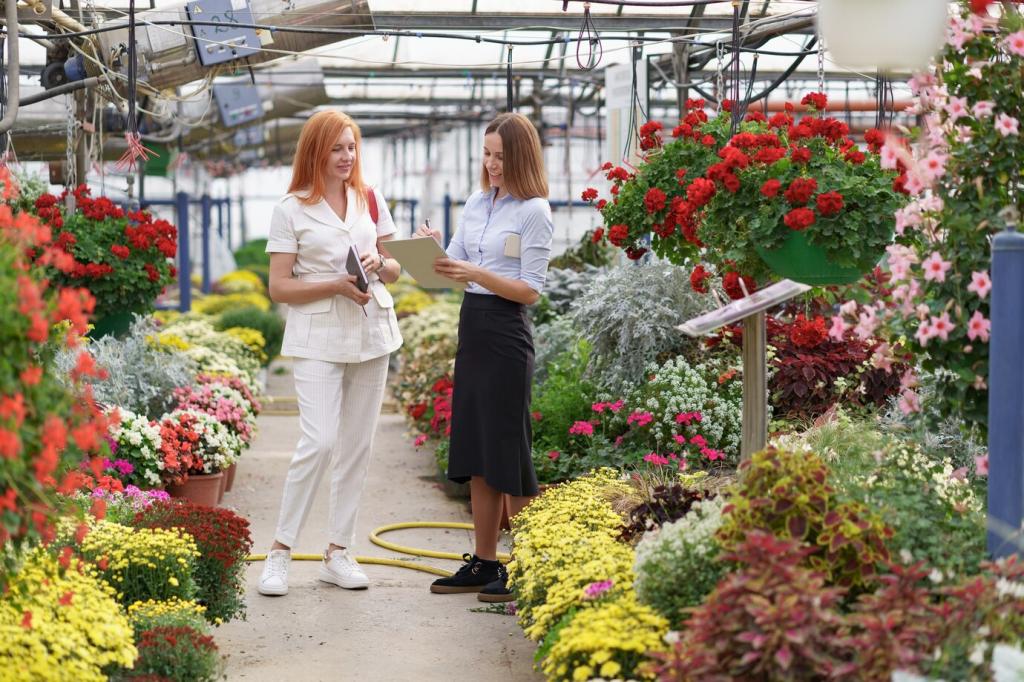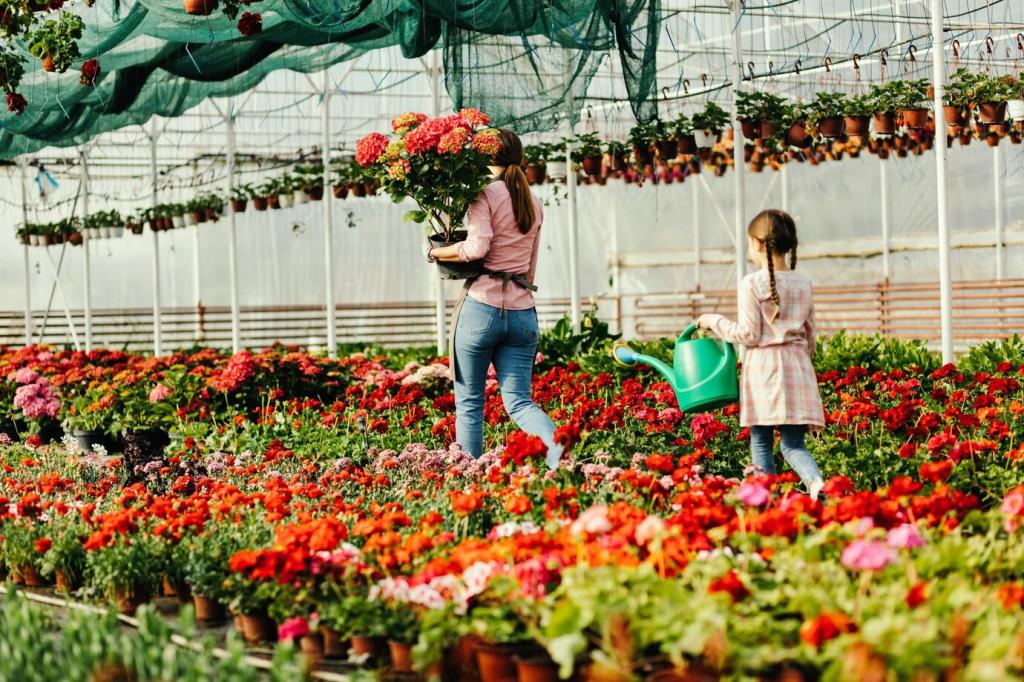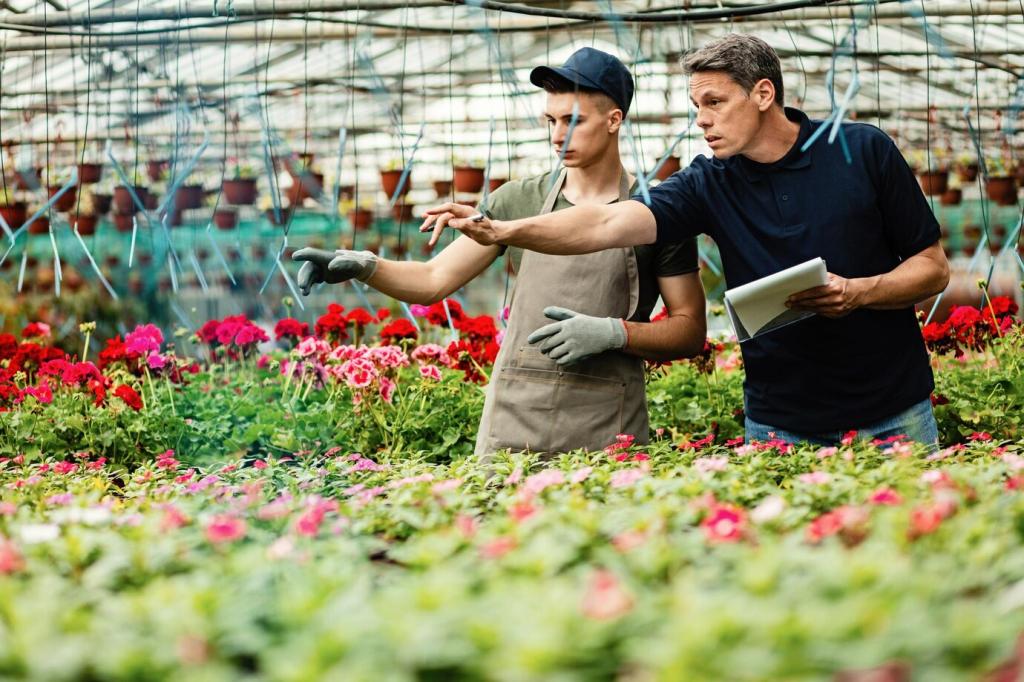
Aquaponics in Small Spaces
Aquaponics offers a sustainable and efficient method to grow fresh vegetables and raise fish at home, even when you have limited space. By combining aquaculture and hydroponics in a symbiotic system, small-space aquaponics allows urban dwellers, apartment residents, and homeowners with modest outdoor areas to cultivate their own food year-round. This web page explores the principles, benefits, design strategies, and maintenance tips of aquaponics tailored for small spaces, making it accessible to anyone interested in homegrown produce.

The Symbiotic Relationship Explained
At the heart of aquaponics is a balanced ecosystem where fish provide nutrient-rich water for plants, and plants, in turn, purify the water for the fish. This closed-loop system requires less space and water than traditional gardening, making it a natural fit for apartments or small backyards. For people seeking sustainability, aquaponics offers reduced waste and less reliance on outside resources. By nurturing both flora and fauna in harmony, even a countertop or balcony can become a thriving hub of fresh food production.

Why Small Spaces Are Ideal
Small-scale aquaponics systems are uniquely suited to urban living conditions. City apartments, condos, or houses with little yard space can host compact aquaponics setups that won’t overwhelm your living area. Innovations in design and efficient use of vertical space mean that even a sunny windowsill can provide enough area to grow leafy greens and herbs. This flexibility allows city dwellers to take control of their food supply, promoting health and sustainability without needing a traditional garden plot.
Vertical Systems for Maximum Yield
Vertical aquaponics allows growers to stack plant beds above the fish tank, multiplying the growing area without increasing the footprint. This method is particularly effective in small apartments or urban balconies where horizontal space is at a premium. By utilizing shelving or tower systems, you can grow a variety of crops—from lettuce to strawberries—in multiple layers. This design also improves light exposure and makes regular maintenance easier, facilitating a healthy, productive miniature ecosystem ready to thrive in even the tiniest urban corners.
Indoor vs. Outdoor Placement
Determining whether your aquaponics system should reside indoors or outdoors depends on your available space and access to natural resources like sunlight. Indoor systems provide the advantage of year-round gardening, controlled climate conditions, and protection from pests. However, they require consideration of artificial lighting and sufficient ventilation. Outdoor setups, such as on balconies or patios, benefit from natural sunlight but may need added protection against temperature fluctuations. Both approaches can be adapted to small spaces, ensuring that even with limited real estate, high yields are achievable.
Choosing the Right Plants and Fish

Leafy greens such as lettuce, spinach, and kale thrive in compact aquaponic systems due to their shallow root structures and rapid growth rates. Herbs like basil, cilantro, and mint also do well, making them ideal for those who love fresh flavors in their cooking. These plants require minimal space and can be harvested continually, offering a steady supply of produce. Fast-maturing vegetables mean that you can enjoy frequent harvests, and their adaptability means they flourish in the controlled conditions of indoor or small outdoor aquaponics systems.
